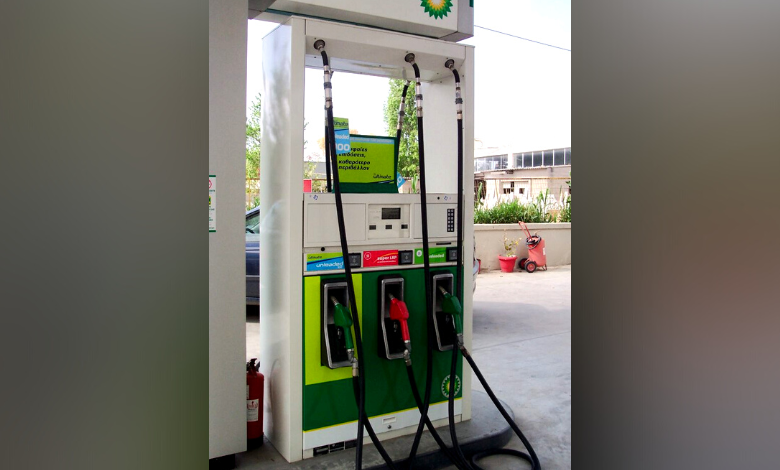Gas prices continue declining trend in Monroe County area despite OPEC+ decision to maintain output cuts of 2 million barrels per day

Rochester, New York – Gas prices in the United States have been declining in recent months, following the global trend. In fact, global supply and demand are impacting local gas prices around the world, and China’s low demand in recent weeks due to COVID-19 lockdowns had an additional impact on declining prices.
A drop in the price at the pump is always great for consumers who will drive cheaper, especially after the summer months when gas prices reached record high levels and many drivers across the country were forced to seek transportation alternatives. Those days are now long forgotten, and current gas prices are similar to the ones we had last year during this period.
Gas prices at Buffalo gas stations have dropped to $3.62 in the last seven days, which is five cents lower on average compared to the week before, according to AAA Western and Central New York. Gas prices in Rochester and Syracuse declined even more compared to gas prices in Buffalo, by six and nine cents, respectively, while an even more significant drop was reported in Batavia, where gas is now sold at $3.47, 12 cents less compared to the week before.
Even though drivers in these areas are finally seeing relief at the pumps, gas prices in these locations are significantly higher compared to the national average gas price of $3.26 per gallon. Industry experts believe that gas prices will continue to drop in the period before Christmas, when drivers are expected to see even lower prices compared to the current ones. The reason for this expected trend is that supply is increasing while demand remains relatively low.
Diesel fuel prices dropped as well, with the national average at $4.92, down 16 cents from last week, but up from $3.60 one year ago. The New York average for diesel is $5.60, down 14 cents from last week and up from $3.74 one year ago.
OPEC+, OPEC members plus Azerbaijan, Bahrain, Brunei, Kazakhstan, Malaysia, Mexico, Oman, Russia, and South Sudan, met earlier this month to discuss production in the upcoming period. Although many industry experts believed that production would increase, OPEC+ members decided to maintain output cuts of 2 million barrels per day, or about 2% of world demand.
OPEC+ members cut output as usual to keep crude oil prices high and limit supply during a period of low demand. The global oil market remains very volatile, mostly because of Western countries’ price cap on Russian oil and China’s COVID-19 strict pandemic measures.




